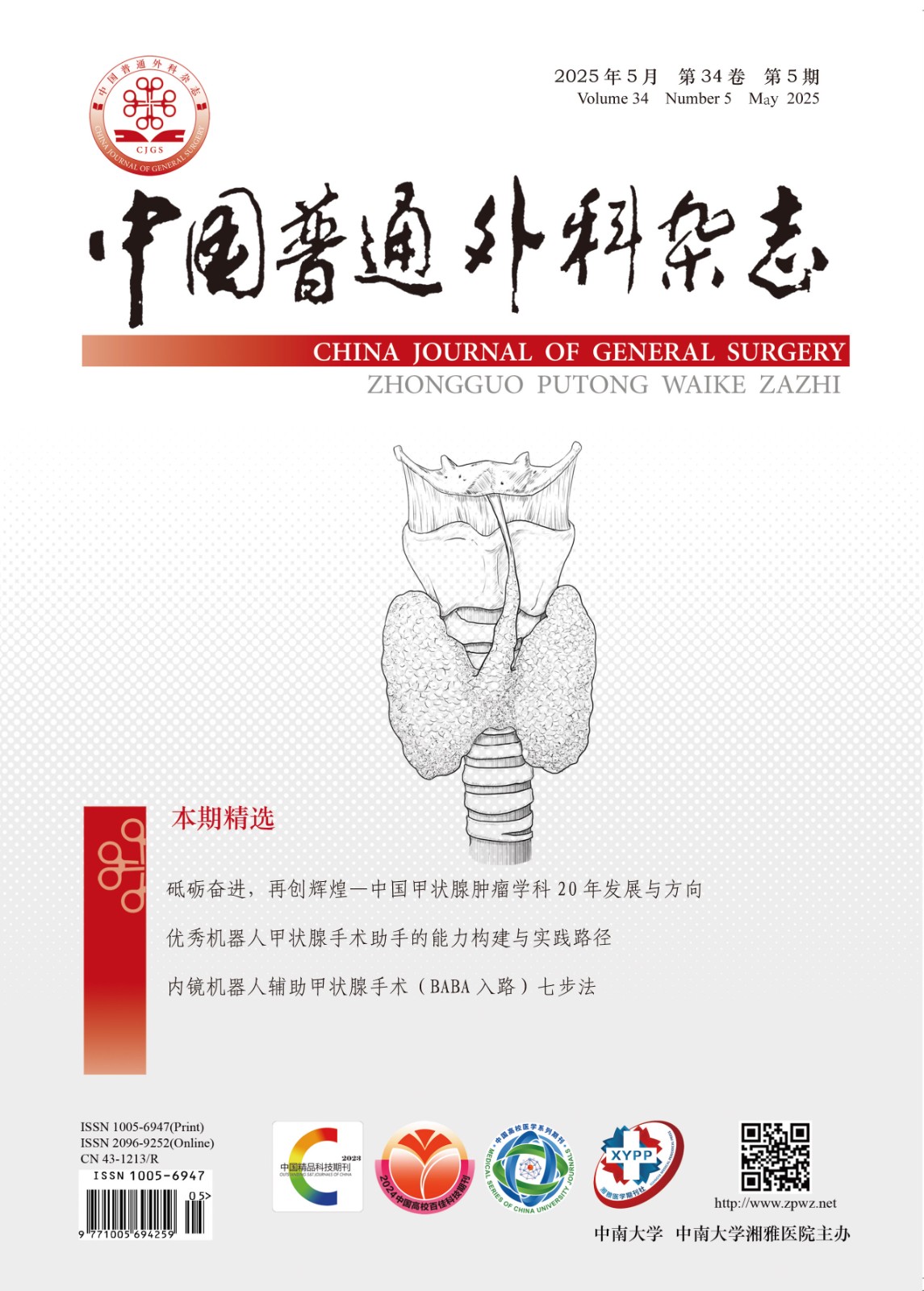Abstract:Abstract:Objective:To investigate the effect of glucagon-like peptide-1(GLP-1) in a dose related manner on glucose metabolism after 65% hepatectomy in rats.
Methods :We determined the serum glucose levels of hepatomized rats at 0, 5, 10, 20, and 30 minutes after an intravenous glucose load (IVGTT, 0.5 g/kg glucose) on the first postoperative day, and the changes of blood glucose, serum insulin and glucagon concentrations of hepatomized rats that received the volum load with normal saline or 0.3 nmol/kg GLP-1, 0.45 nmol/kg GLP-1 respectively. Blood was drawn for determination of glucose (glucose oxidase), insulin, glucagon, and GLP-1 (radioimmunoassay).
Results:The peak glucose and 30-minute glucose levels and the area under the curve (AUC 0-30) were significantly higher in the hepatomized rats compared to the control rats, which had not undergone any operation and received a same intravenous glucose load (0.5 g/kg glucose with normal saline)(P<0.05), but were not significantly different compared to the rats that received the same volum load with 0.3 nmol/kg GLP-1 after liver resection (P>0.05). Nevertheless the peak glucose and 30-minute glucose levels and AUC 0-30 of the hepatomized rats that received with 0.45 nmol/kg GLP-1 were significantly lower compared to the rats that received the same volum load with normal saline or 0.3 nmol/kg GLP-1 respectively after liver resection. There was an increasing postoperative serum concentration of glucose, insulin, glucagon on the first day, then, the serum glucose concentration was significantly lowered after infusion of GLP-1 in rats undergoing hepatectomy (P<0.01), which might reach the glucose range in controls in a dose-dependent manner. Lowering of blood glucose was achieved by a significant rise of insulin secretion (P<0.05) and a suppression of glucagon release (P<0.05), with a potent stimulation of insulin secretion with infusion of 0.45nmol/kg GLP-1 on the first postoperative day.
Conclusions:In the early stage after hepatectomy in rats, the effect of GLP-1 in increasing insulin secretion and suppressing glucagon release were decteased, and increase of its dosage can augment these effects and further improve utilization of glucose.

